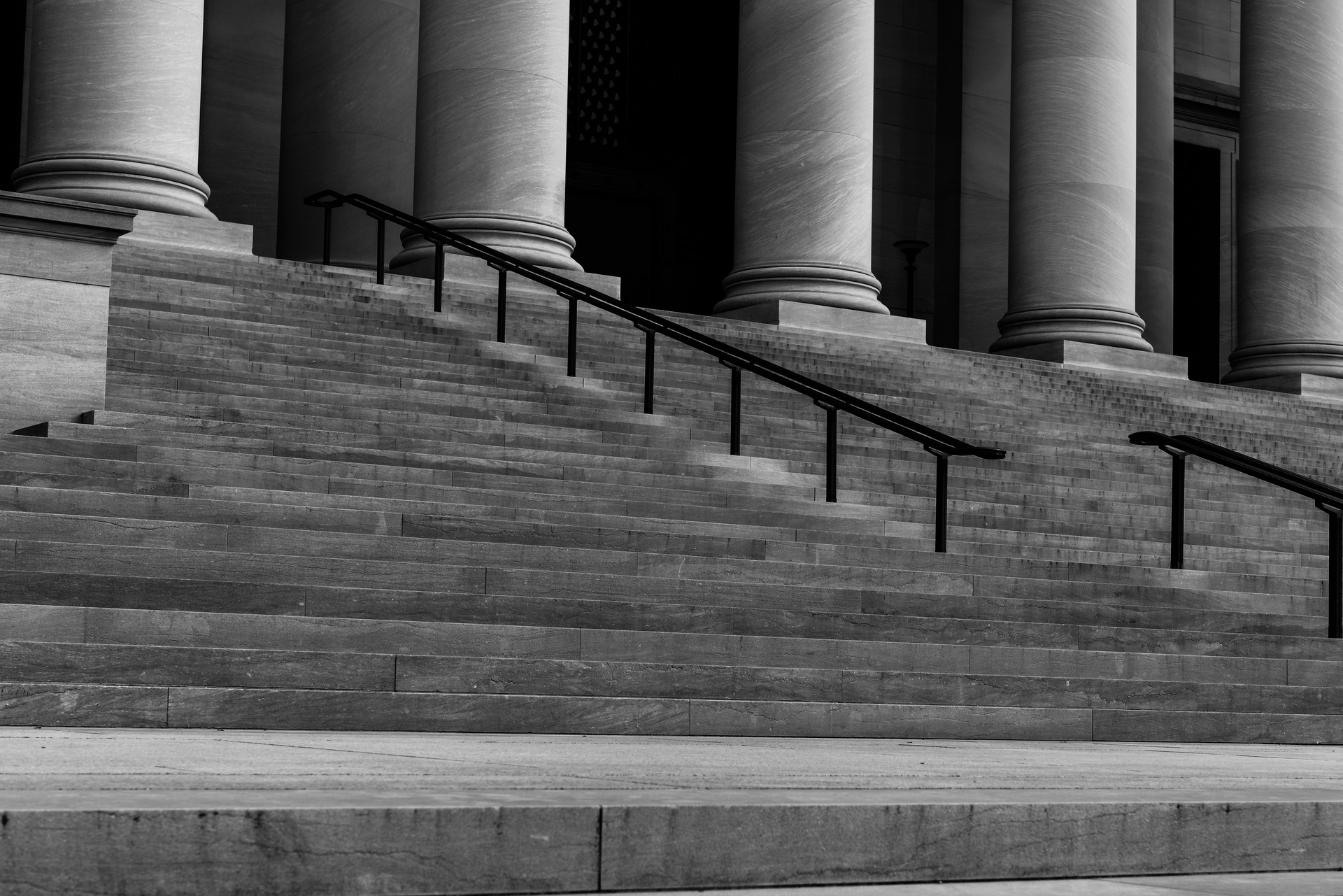According to the Alberta Rules of Court, a person who has been declared a “vexatious litigant” requires permission to appeal.
In a recent decision (the Tican Appeal Decision), the Alberta Court of Appeal (ABCA) clarified this rule and what it means for a litigant to have been “declared a vexatious litigant.” The ABCA held that if, in substance, the litigant is the subject of court access restrictions imposed by the court being appealed from, this satisfies the requirements of the rule and the litigant therefore requires permission for leave to appeal.
The Tican Appeal Decision arose from two underlying actions brought in the Alberta Court of King’s Bench (ABKB) by the applicant, Mr. Tican, in November of 2020 and May of 2021, against Dr. Alamgir and other parties. Both pleadings filed by Mr. Tican were referred for review as apparently vexatious applications or proceedings pursuant to Alberta Civil Practice Note No. 7.
The review resulted in three decisions by the ABKB. The first decision (Tican v Alamgir, 2022 ABKB 626) made several findings against Mr. Tican, including:
- Mr. Tican had brought 69 civil proceedings in the ABKB since 2007; and
- in 2017, Mr. Tican voluntarily agreed pursuant to a consent order to be subject to court access restrictions and would be required to obtain permission from the ABKB prior to (a) bringing actions against the Alberta Human Rights Commission (AHRC) and Tribunal and related parties; and (b) applying for a fee waiver before commencing any proceedings against such parties.
This decision also imposed certain interim court access restrictions upon Mr. Tican, including:
- limiting the ways Mr. Tican could interact with ABKB clerks and make payments to the court;
- prohibiting Mr. Tican from representing other parties in litigation, and staying any actions where Mr. Tican had done so, pending the conclusion of the review process; and
- prohibiting Mr. Tican from commencing or continuing proceedings in the ABKB without a court order.
Tican v Alamgir, 2022 ABKB 664, made orders directly with regard to one of Mr. Tican’s pleadings filed against Dr. Alamgir.
In Tican v Alamgir, 2022 ABKB 843, the court imposed certain permanent restrictions against Mr. Tican, including prohibiting Mr. Tican from:
- acting as a litigation representative, in any form, in the ABKB;
- preparing any document to be filed or otherwise submitted to the ABKB, except where he is a named party in the litigation; and
- engaging in any activity with the ABKB clerks, except where he is a named litigant in the proceeding in question.
Mr. Tican brought an application for permission to appeal the decisions in accordance with Rule 14.5(1)(j) of the Alberta Rules of Court, which requires a person who has been declared a vexatious litigant to seek permission to appeal, but argued that permission was not actually required.
Tican appeal decision
The Tican Appeal Decision considered the issue of whether Mr. Tican was required to apply for permission to appeal. Mr. Tican argued none of the orders to which he is subject have “declared” him to be a “vexatious litigant.” He argued this was a requirement under Rule 14.5(1)(j).
The court disagreed with Mr. Tican’s position, finding:
- Rule 14.5(1)(j) does not require a formal declaration that the litigant is a “vexatious litigant,” as the law favours substance over form; and
- this interpretation is supported by the purpose served by Rule 14.5(1)(j).
Vexatious Litigant Order
There is no definition of “vexatious litigant” in the Rules of Court, and while the Alberta Judicature Act provides the foundation for “vexatious litigant orders,” it does not use the terms “vexatious litigant” or “vexatious litigant order.”
The ABCA noted that while there are decisions expressly declaring a party to be a “vexatious litigant,” courts may use the phrase “vexatious litigant” to describe a person found to have persistently brought vexatious proceedings, and against whom broad court access restrictions have been imposed. This is consistent with recent Alberta case law defining a “vexatious litigant order” as one preventing litigants from starting or continuing proceedings unless they obtain permission from the court.1
The ABCA concluded that the term “vexatious litigant” refers to someone subject to a “vexatious litigant order,” meaning someone prevented by court order from starting or continuing proceedings subject to obtaining permission.
Purpose of Rule 14.5 (Leave for Permission to Appeal Rule)
The ABCA held this interpretation of Rule 14.5(1)(j) is consistent with the purpose of ensuring efficient use of court resources. As a finding that a person is a “vexatious litigant” occurs only after the person has engaged in behaviours such as bringing frivolous, duplicative, or improperly motivated proceedings, this justifies the court imposing a screening mechanism to safeguard the court’s resources. It is the litigant’s conduct that engages Rule 14.5(1)(j).
The ABCA concluded:
[…] a person has been “declared a vexatious litigant” within the meaning of rule 14.5(1)(j) when they have been made subject to a vexatious litigant order, as described, whether or not the order uses the term “vexatious litigant” or makes an express declaration to that effect. The substance of the order is determinative, not the words in which it, or the reasons for it, have been expressed.
It was found that both the 2017 consent order and the interim orders imposed by the ABKB in the review process effectively “declared” Mr. Tican a “vexatious litigant.” The former restricted Mr. Tican’s activities against the AHRC, and the latter restricted future litigation brought by Mr. Tican in the ABKB on an interim basis.
Conclusion & takeaways
The ABCA concluded Mr. Tican was required to bring an application for permission to appeal under Rule 14.5(1)(j). Ultimately, Mr. Tican did not satisfy the test for permission for leave to appeal and his application was denied.
The Tican Appeal Decision provides clarity regarding what it means to be “declared” a “vexatious litigant” under Rule 14.5(1)(j) of the Alberta Rules of Court while also clarifying existing case law speaking to the issue of permission for leave to appeal in this context.



